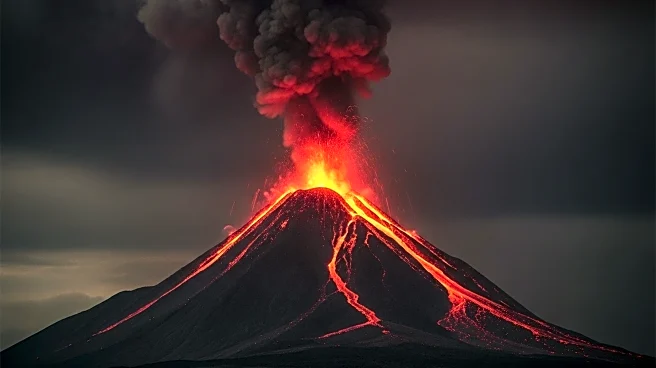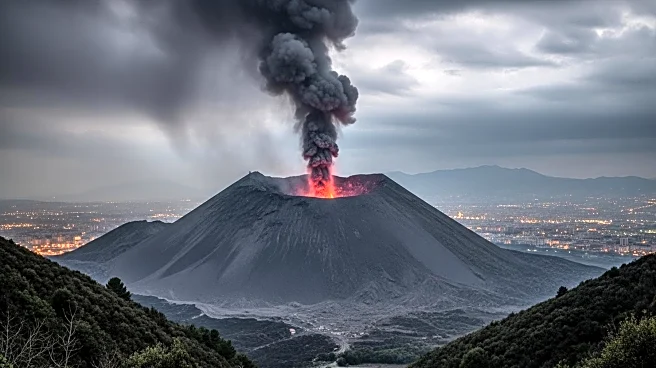What's Happening?
The Campi Flegrei volcano near Naples, Italy, known for its historical eruptions that once blocked out the sun, is showing signs of increased activity. This development is significant as the volcano has not stirred in such a manner for centuries. The site, steeped in Greek and Roman mythology as the entrance to the underworld, is being closely monitored to understand the implications of its new activity.
Why It's Important?
The increased activity of Campi Flegrei poses potential risks not only to Italy but also to global climate patterns, should a major eruption occur. Historically, its eruptions have had significant climatic impacts, turning summer into winter. The situation underscores the importance of geological monitoring and preparedness in regions with active volcanoes. It also highlights the need for international cooperation in disaster response and climate impact mitigation.
What's Next?
Scientists and authorities are likely to increase monitoring efforts and develop contingency plans to address potential eruptions. The local population may face evacuation plans, and international bodies might prepare for possible climate effects. The scientific community will continue to study the volcano's behavior to predict future activity and mitigate risks.
Beyond the Headlines
The cultural significance of Campi Flegrei, depicted in mythology, adds a layer of historical intrigue to its geological activity. The potential eruption could also impact tourism in the region, affecting local economies. Long-term, this event may contribute to discussions on the resilience of communities living near active volcanoes and the importance of integrating cultural heritage into disaster preparedness strategies.











